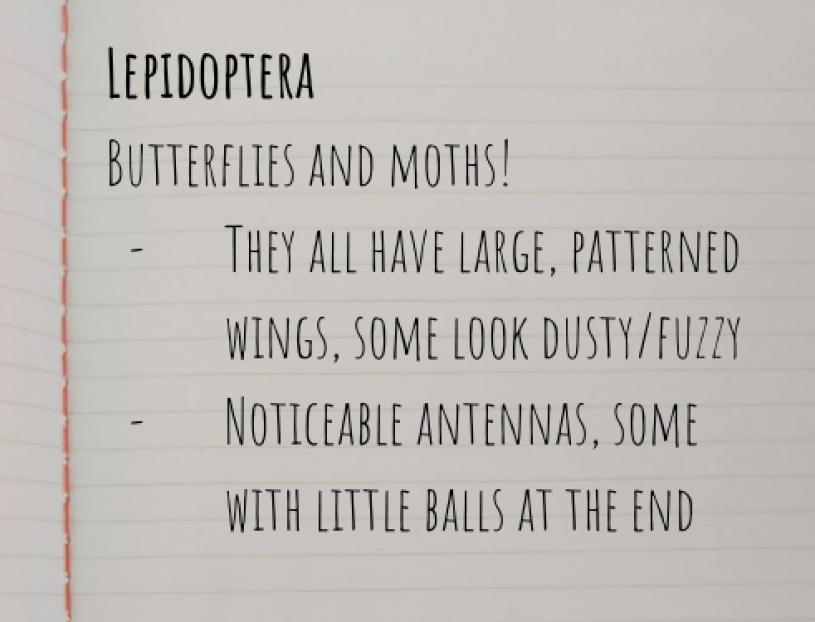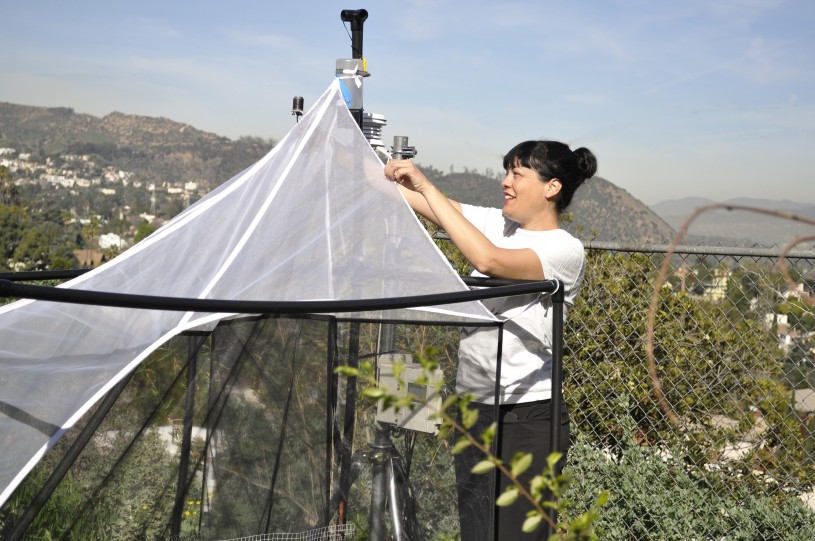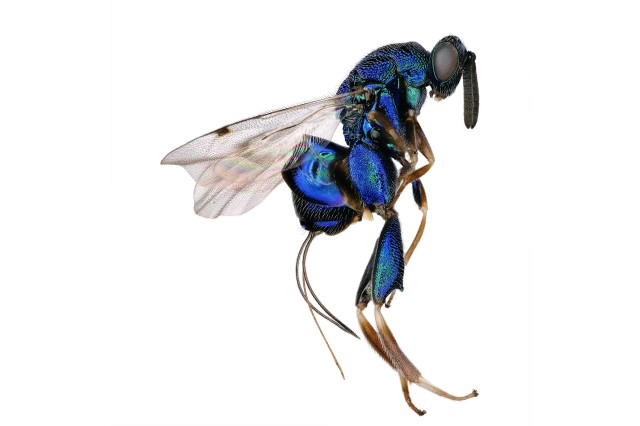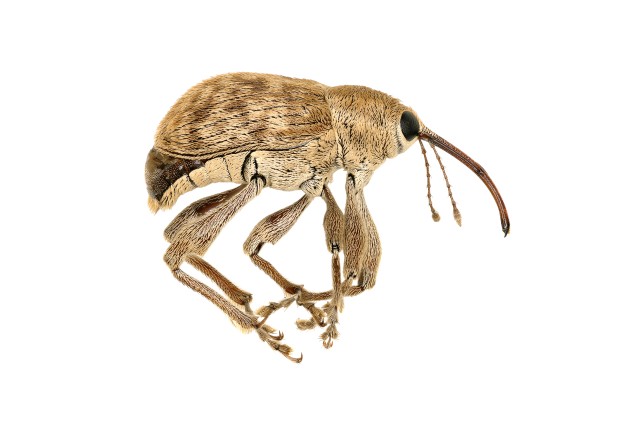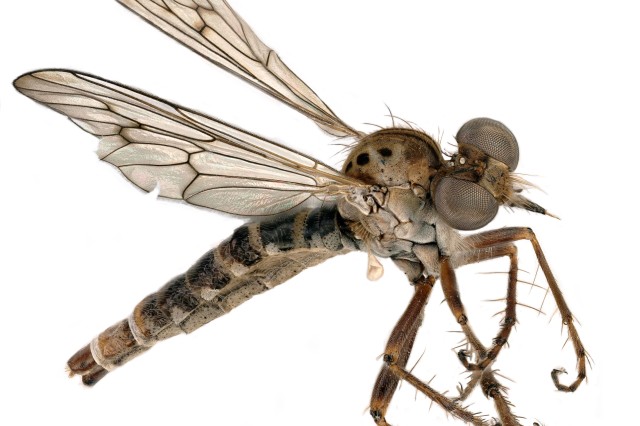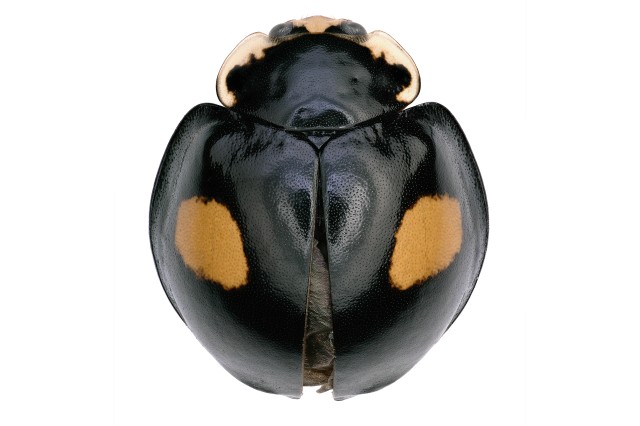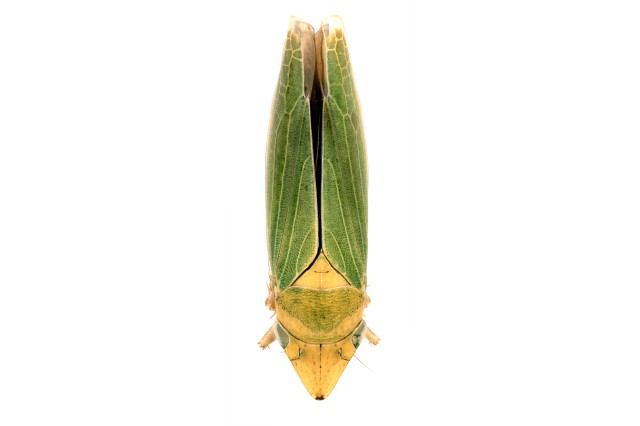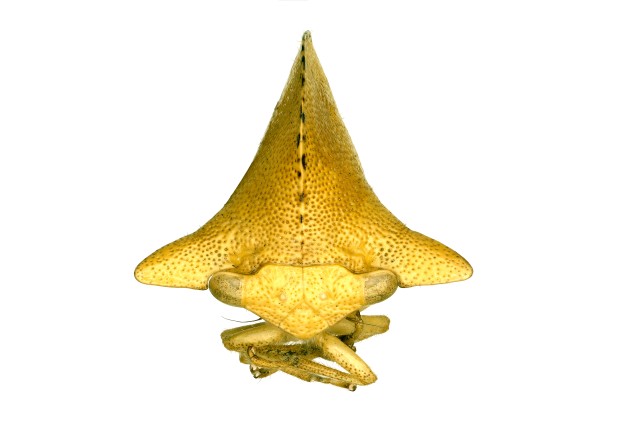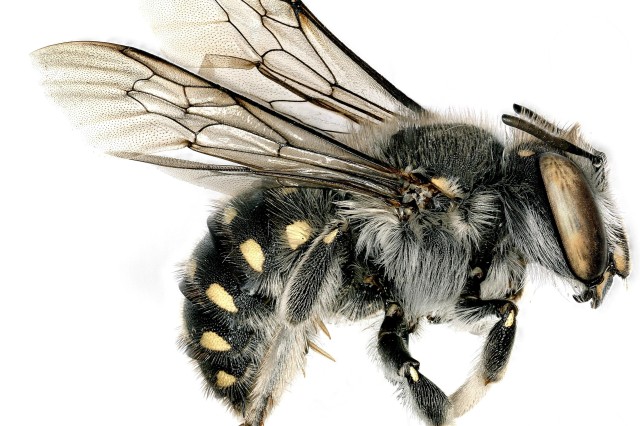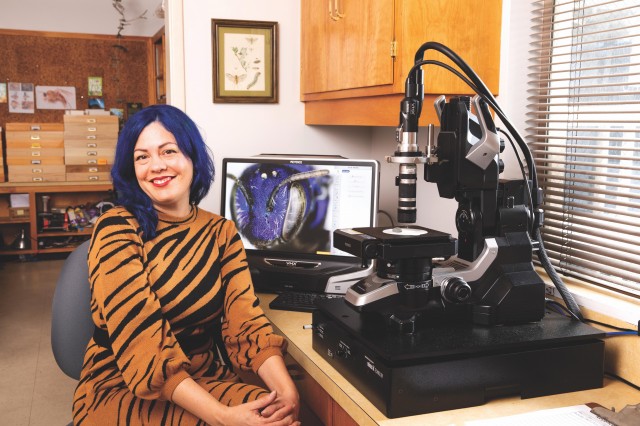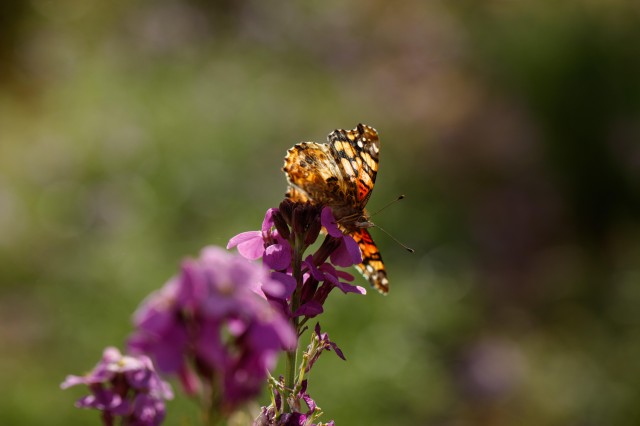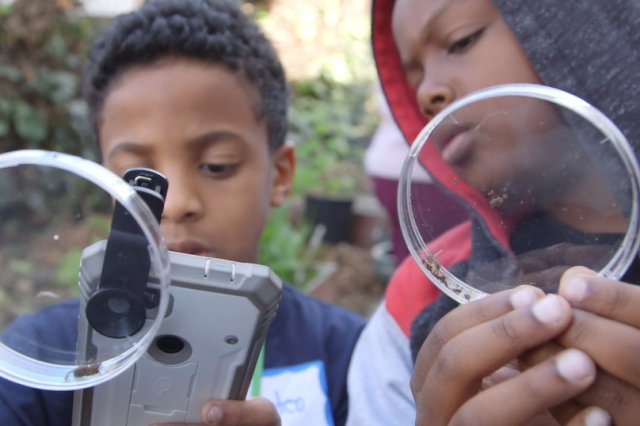
Classifying Insects
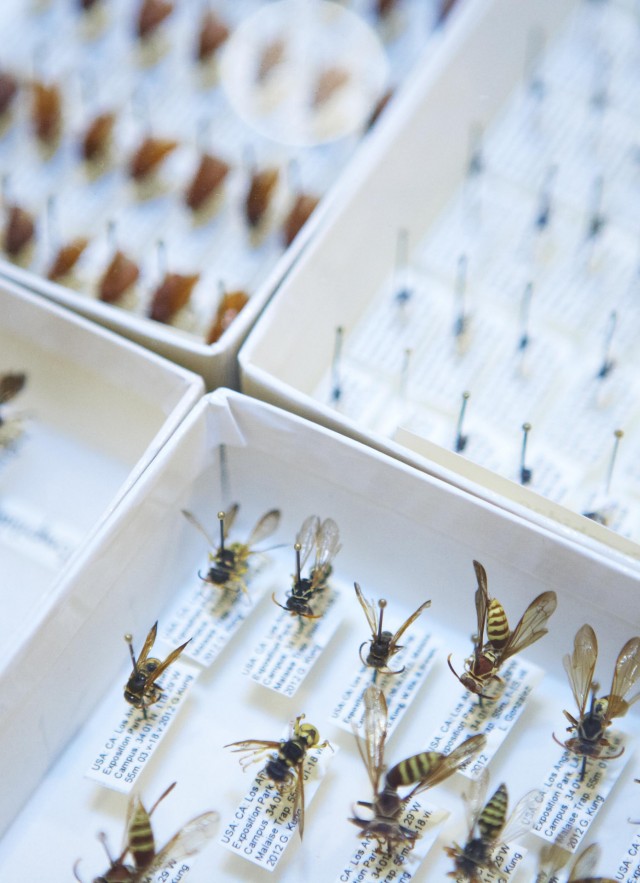
SUITABLE FOR STUDENTS IN MIDDLE & HIGH SCHOOL
Overview
Get to know some of your insect neighbors and become a classification whiz! Test your skills with amazing close-up images of insects, then if you can do it safely, go outside and apply what you've learned with a survey of your garden or neighborhood. You'll want to have a journal and something to write with while you complete this activity.
Learning Objectives
- Students will strengthen scientific observation skills by looking closely.
- Students will practice writing skills by describing their observations in the form of a journal entry.
- Students will cultivate a sense of ownership of their space and stewardship of the natural world.
See learning standards at the bottom.
Duration
10-20 minutes for activity
Materials
- Paper, journal, or notebook
- Drawing/writing utensils
Activity 1 - KEEPING THINGS IN ORDER
Scientists classify, or sort, living things into groups based on their shared characteristics. When animals have something in common with one another, it can be a clue that they are related to each other. The more they have in common, the more closely related they often are. One type of grouping of related species of animals is known as an “order”. Species in the same order share common characteristics, and are also more closely related to one another than species in other orders. Today, we’ll be learning about 6 orders of insects.
What characteristics do the members of each of the following insect orders, or related groups, share? Click the links below to see images of local species that belong to each of these six orders. The images are posted on a website called iNaturalist.
Make a page in your journal with the name of each order at the top-- use this space to write a short description of the common characteristics of each group. Feel free to include drawings, or anything else that you find helpful in describing!
Activity 2 - SORTING OUT THE INSECTS OF LOS ANGELES
The Biodiversity Science: City and Nature (or BioSCAN) project is the world’s largest urban biodiversity study; biodiversity is the variety of life, and urban is another word for city. BioSCAN is an in-depth look at insect biodiversity in Los Angeles.
Using over 80 insect traps, called Malaise traps (like the one above), Museum staff and volunteers are discovering new species and examining insect biodiversity in the core of the city, and out to the coast, mountains, and nearby deserts. Through studies like these, scientists can track which species are in an area and how common they are. After being collected, specimens from the BioSCAN project are carefully examined under a microscope, sorted (often first by volunteers!), then identified to a species level. Sometimes, the insects collected are types that have never been seen before!
To date, BioSCAN has identified over 800 species, including 47 species that are completely new to science.
The following super magnified images are some of the insects collected through BioSCAN. Try your hand at sorting them into the correct "order" based on the characteristics you defined above, or use our Insect Order ID Guide.
Use your journal to record your answers. On a new page, place the numbers 1-10 in the left margin. For each image, write down which order you think the insect belongs to and the evidence you see to suggest that. Hint: Not all orders are represented, and there may be multiple images of some orders! (Answer key found below.)
Put your sorting skills to the test with living specimens! Explore your yard or neighborhood for insects-- when you find them, see if you can classify (or sort) them! You can keep track of what you find using the camera on your smartphone or tablet, or use a journal to record your observations with notes or drawings.
Activity Tips
Want to go even deeper? Try the following activities, and you'll be well on your way to becoming an expert on your local insect neighbors!
- Check out these tricks for collecting and observing bugs at home!
- Help us discover more about the insects and other creatures of Los Angeles! iNaturalist can also be used to share your nature observations photos with scientists at the Natural History Museum. Click here to find out how.
- Try surveying every day for a week, or once a week for several weeks, taking notes on what you find. Then combine your data and create a bar graph showing which orders were present and how common they were (write names of orders along the bottom axis, and number of observances on the left axis). Share your findings to your family and neighbors!
- Click here to see the Answer Key!
NGSS Tie-Ins
Science and Engineering:
Asking questions
Analyzing and interpreting data
Engaging in argument from evidence
Obtaining, evaluating, & communicating information
Cross-cutting Concepts:
Patterns
Cause and effect
System and system models
VAPA Tie-Ins
Aesthetic perception, creative expression, connections, relationships, applications
